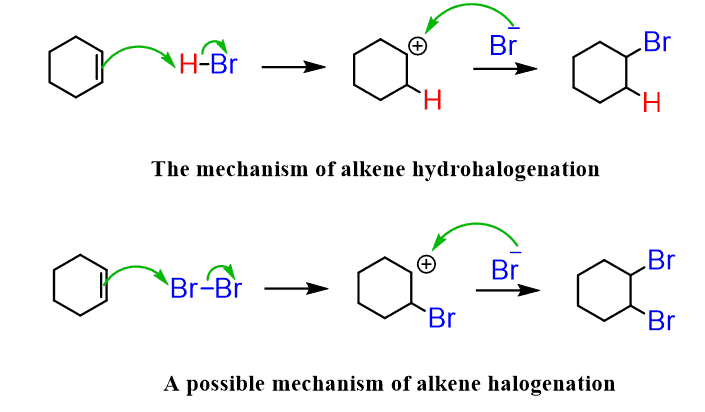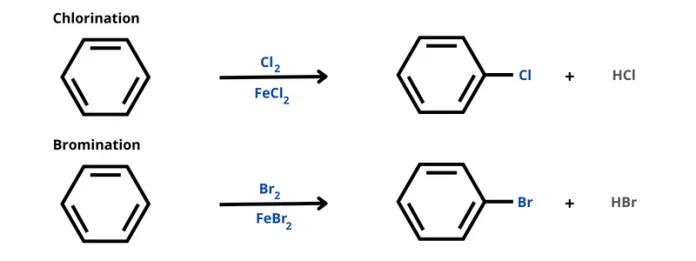In the fast-paced world of technological advancements, where innovation is the key to progress, the process of halogenation has emerged as a beacon of light, quite literally. Halogenation, a chemical reaction involving the introduction of halogen atoms into a molecule, has found its application in diverse fields, from industry to household products. In this article, we delve into the bright ideas that harness the power of halogenation, transforming the way we experience and interact with the world around us.
Read more about Homeschooling
Contents
Illuminating Industries with Halogenation
Revolutionizing Lighting Solutions
The lighting industry has undergone a remarkable transformation with the advent of halogenation. Traditional incandescent bulbs have given way to halogen bulbs, offering enhanced efficiency and longevity. The process involves filling the bulb with a halogen gas, creating an environment where the tungsten filament can operate at higher temperatures without evaporating. The result? Brighter, more energy-efficient lighting solutions that have become the standard in homes and businesses.

Halogenation in Electronics
Electronics manufacturing has also embraced the benefits of halogenation. The semiconductor industry, in particular, relies on halogenated compounds for cleaning and etching processes during chip production. The precision and effectiveness of halogenation in this context contribute significantly to the reliability and performance of electronic devices that have become integral to our daily lives.
Everyday Applications of Halogenation
Sanitizing Solutions
In the wake of global health concerns, the significance of effective sanitization has never been more evident. Halogenation plays a crucial role in the production of disinfectants and sanitizers. Compounds like chlorine and bromine, derived from halogenation, exhibit potent antimicrobial properties, ensuring that the products we use daily provide a high level of protection against harmful pathogens.
Halogenation in Pharmaceuticals
The pharmaceutical industry relies on halogenation for the synthesis of various medications. Halogen atoms, when strategically introduced into drug molecules, can enhance their stability, bioavailability, and efficacy. This has paved the way for the development of more potent and targeted pharmaceuticals, improving patient outcomes and revolutionizing healthcare.
Environmental Considerations and Innovations
Green Chemistry and Sustainable Practices
As the global community becomes increasingly aware of environmental issues, the need for sustainable practices in chemistry has gained prominence. Halogenation, traditionally associated with the use of chlorine and other potentially harmful compounds, has seen innovations in the form of greener alternatives. Researchers are exploring methods to minimize the environmental impact of halogenated products, ensuring that progress in technology aligns with a commitment to ecological responsibility.
Future Outlook: Halogenation and Beyond
Innovations on the Horizon
Looking forward, the potential applications of halogenation continue to expand. From advancements in materials science to breakthroughs in medical research, the versatility of halogenation promises to shape the future of various industries. Researchers and innovators are actively exploring novel ways to harness the power of halogens, opening doors to possibilities that were once considered beyond reach.
Conclusion
The impact of halogenation on our daily lives is profound and far-reaching. From illuminating our homes to shaping the pharmaceutical landscape, the applications of halogenation are diverse and transformative. As we navigate an era driven by innovation, embracing the power of halogenation ensures that our future is both bright and sustainable.



